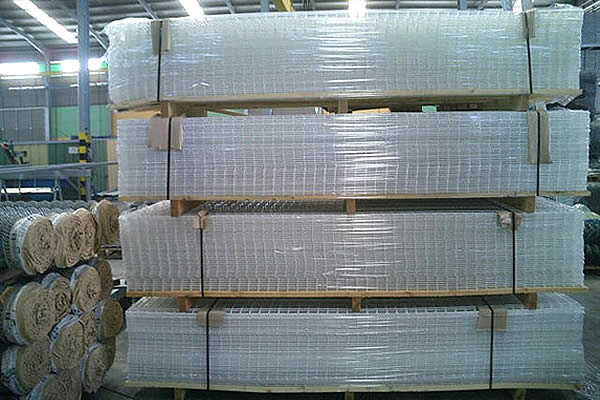The use of electric iron wire spans various applications, ranging from residential to industrial needs. As the demand for reliable and efficient wiring solutions grows, understanding the market and price fluctuations of electric iron wire becomes essential for both large-scale suppliers and individual consumers.

Electric iron wire, often galvanized for enhanced durability, serves a critical role in diverse environments due to its high electrical conductivity and resistance to corrosion. For those in the field of product manufacturing or construction, staying informed about the latest trends in electric iron wire pricing can influence purchasing decisions and budget allocations.
Understanding Price Determinants

The cost of electric iron wire can fluctuate based on several key factors. One of the primary influences is the price of raw materials, particularly steel and zinc, which are essential for producing galvanized electric iron wire. Variations in raw material availability, influenced by global trade dynamics and regional mining outputs, can lead to significant price shifts.
Another major factor is market demand. As industries expand and infrastructure projects increase, the need for high-quality wiring solutions can drive up prices. Conversely, a decrease in demand or an oversupply in the market might result in lower prices. It's critical for buyers to stay ahead of these trends by monitoring industry reports and market analyses.
Advancements in manufacturing technology also play a role. Enhanced production techniques can lead to cost reductions, allowing manufacturers to offer more competitive pricing. Such advancements might include improved galvanizing processes or the integration of automation in production lines, both of which can enhance efficiency and reduce operational costs.
Navigating Price Volatility
For businesses relying on electric iron wire, understanding and navigating price volatility is crucial. Establishing strong relationships with suppliers can offer stability, as some suppliers may provide locked-in prices for a contract period, thus shielding buyers from sudden price hikes. Additionally, purchasing in bulk or during off-peak times might yield better pricing opportunities.
electric iron wire price
Investors and procurement officers should also consider the potential benefits of future contracts, which allow for locking in prices for iron wire at a later date, potentially safeguarding against expected price increases. Staying connected with a robust network of industry insiders and attending relevant trade shows can also provide valuable insights into upcoming trends and innovations that may affect pricing.
Evaluating Quality Over Price
While price is a significant factor in decision-making, it's essential not to overlook the quality of the electric iron wire. Inferior quality wire can lead to long-term issues such as electrical failures, safety hazards, and increased maintenance costs. Therefore, opting for reputable suppliers known for consistent quality should be a priority.
Conducting thorough due diligence on suppliers by assessing their production facilities, quality assurance processes, and certifications is advisable. Only by balancing price considerations with quality assessment can businesses ensure they are making informed and economically viable decisions.
Authoritative Insights and Expert Recommendations
Industry experts suggest keeping abreast of economic indicators and geopolitical factors that might influence the global supply chain. Publications from authoritative bodies such as the International Wire and Cable Symposium (IWCS) provide comprehensive reports and forecasts that are invaluable for predicting market movements.
Collaboration with consulting firms specializing in metals and construction goods can also enhance understanding and provide strategic purchasing advice. Ultimately, achieving a blend of expert insights, quality assurance, and strategic purchasing decisions will lead to optimized outcomes in acquiring electric iron wire.
In summary, staying informed and strategic in purchasing decisions is vital for navigating the electric iron wire market. By focusing on price, quality, and authoritative resources, businesses can efficiently manage their wire requirements and ensure sustainable operations.
 TEL:
+86-13102802206
TEL:
+86-13102802206
 Email:
fencenetting@china.com
Email:
fencenetting@china.com
 Language
Language
 TEL:
+86-13102802206
TEL:
+86-13102802206
 Email:
fencenetting@china.com
Email:
fencenetting@china.com
 Language
Language



